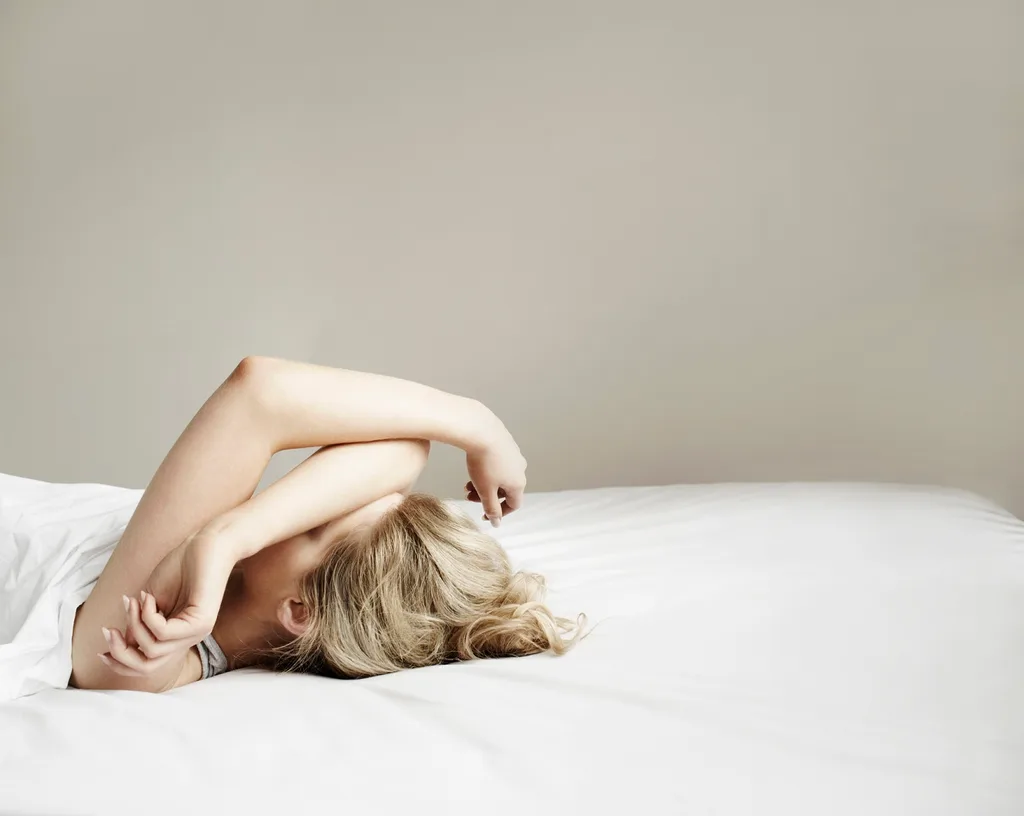If your sleep has been all over the place lately, it’s likely for good reason. Multiple studies show the coronavirus lockdown has wreaked havoc on nearly everyone’s precious shut-eye, leading to crazy dreams and bouts of insomnia.
But what if it’s more serious than that? If you’ve been struggling with your sleep for a while, here’s how to tell if you need to investigate further.
Firstly, what is a sleep disorder?
There are different types of sleep disorders, but perhaps the most concerning is Obstructive Sleep Apnoea (OSA).
Characterised as repeated episodes of partial or complete obstruction of the throat during sleep, OSA sufferers may stop breathing for a short time during REM, resulting in blood oxygen levels falling. If you wake up gasping or choking during the night, it’s definitely a red flag.
What are the symptoms of a sleep disorder?
Everyone has days when they don’t sleep well, but if you’re consistently tired despite getting a full eight hours sleep, or your partner is complaining about your snoring and Grinch-like attitude, it could indicate OSA.
This disorder is also likely to cause daytime sleepiness, moodiness, and poor concentration. Even more concerningly, people who experience sleep apnoea have an increased risk of high blood pressure, heart attack, stroke, type 2 diabetes, depression and accidents.

How common is sleep aponea?
More common than you think.
According to research, approximately one in five Australians may suffer some sort of sleep disorder, and currently, there are nearly three million living with OSA.
Yet, scarily, a massive 80 per cent remain undiagnosed, because many people are unaware they have a problem in the first place.
How do you get tested for a sleep disorder?
While getting tested for a sleep disorder has typically been fraught with multiple obstacles (including frequent visits to the doctor and an overnight sleep clinic), there’s now an easier way to ascertain if you have a problem.
Firstly, take this sleep quiz, which takes a mere 60 seconds.
If the results indicate you may be suffering from OSA, help is at hand – Philips has launched a game-changing, un-invasive Pharmacy Sleep Service (PSS) that diagnoses OSA via a take-home sleep kit, administered by your local pharmacy. You wear the device overnight and then deliver it back to your pharmacist to get the results.

How is OSA treated?
If the results of your pharmacy sleep test indicate you have OSA, your pharmacist will consult with you regarding any underlying conditions, and then you may choose to begin a sleep therapy called Continuous Positive Airway Pressure (CPAP). A CPAP device prevents a patient’s upper airway from collapsing during sleep by providing a flow of air through the nose and/or mouth using a specialised mask.
This will be trialled for four weeks, during which time you will feel the benefits of CPAP therapy and then you can decide whether to purchase the device for further treatment.
So can OSA be cured?
You may need CPAP therapy for a short while or for the rest of your life – everyone is different. But either way, the first step (getting diagnosed) is done! Happy snoozing.
Brought to you by Pharmacy Sleep Services.



